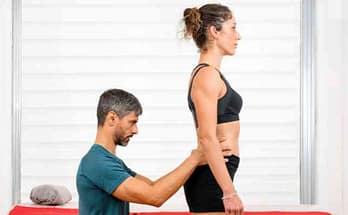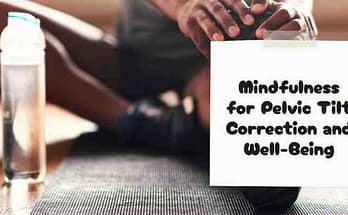We’ve all heard the saying that you can tell a lot about a person by looking at them. Well, the same goes for their posture. The way we carry ourselves can say a lot about our personality, mood, and emotions. In this blog post, we will explore the truth behind body language and body posture. We’ll discuss what different postures mean, and give examples of how to read people based on their posture. Stay tuned – you might be surprised at what you learn!
Posture matters more than you think
Body posture is the position in which someone holds their body. It can reveal a lot about a person’s mood, emotions, and even his or her personality.
One of the most telling aspects of posture is body language. Body language is the way we use our bodies to communicate. It includes our facial expressions, gestures, eye contact, and the way we position our bodies in space.
We often use body language without realizing it. For example, crossing your arms in front of your chest is a common gesture that indicates defensiveness or insecurity. Alternatively, standing tall with your shoulders back communicates confidence and power.
Bad Posture can send wrong signals. When you have poor posture, it can make you look unconfident, insecure, and even unattractive. On the other hand, good posture projects confidence, power, and strength.
Now that we know a little bit more about posture and body language, Let’s explore what different postures can reveal about a person.
Posture and what it says about a person
Slouching
Slouching is when you sit or stand in a position that causes your back to curve and your shoulders to round forward. It’s a common posture that many of us adopt, especially when we’re tired or feeling low.
Slouching can make you look uninterested, bored, and even lazy. It communicates lack of confidence and can make you appear smaller than you are. If you find yourself slouching, try to straighten up and take deep breaths to improve your posture.
Standing tall
On the other hand, standing tall with good posture conveys confidence and power. Good posture is when your head is level with your shoulders, your back is straight, and your stomach is pulled in.
When you have good posture, you take up more space and appear larger than someone with poor posture. This can be helpful in business settings or when you’re trying to make a good first impression. If you want to project confidence, try standing tall with a good posture.
Crossed legs
Crossing your legs is a common posture that we adopt when we’re sitting down. It’s also a posture that can reveal a lot about a person.
For example, if someone crosses their legs away from you, it may indicate that they’re not interested in talking to you or they’re feeling uncomfortable. On the other hand, if someone crosses their legs towards you, it may mean that they’re interested in what you have to say or they’re trying to build rapport with you.
Standing with arms closed
When someone stands with their arms crossed in front of their chest, it’s often a gesture that indicates defensiveness or insecurity. This posture can make you appear closed off and unapproachable.
If you’re trying to make a good impression, it’s best to avoid this posture. Instead, try standing with your arms open.
Standing with arms open
When someone stands with their arms open, it indicates that they are open to communication and approachable. This is a welcoming posture that makes you appear friendly and inviting.
If you’re trying to make a good impression, this is the posture to adopt. Standing with your arms open conveys confidence and sincerity.
Sitting up straight
Like standing tall, sitting up straight communicates confidence and power. It shows that you’re alert and engaged in what’s going on around you. When you sit up straight, you take up more space and appear larger than someone who is slouching.
This posture can also make you look more attractive. If you want to project confidence and power, try sitting up straight with your shoulders back.
Body language and posture can be powerful tools for communicating our feelings, thoughts, and emotions. By understanding the different postures and what they mean, we can use body language to our advantage in a variety of situations. When it comes to making a good impression, standing tall with good posture and open arms is always a winning strategy. Sitting up straight also conveys confidence and power. If you find yourself slouching, take a deep breath and try to adjust your posture. It’s important to be aware of the signals we’re sending through our body language so that we can make sure we’re putting our best foot forward.




